Concrete is like the backbone of modern construction. From tall skyscrapers to sturdy bridges, everything relies on strong, durable concrete. But how do we make sure concrete is up to the job? That’s where concrete test equipment comes in. These tools help us measure the quality, strength, and durability of concrete, ensuring it’s safe and reliable. As we move into 2024, concrete testing technology is becoming smarter and more user-friendly. Let’s explore what concrete test equipment is, why it’s essential, and the exciting innovations we’re seeing this year.
What is Concrete Test Equipment?
Think of concrete as a cake. Just as you’d check the texture and taste of a cake before serving it, concrete needs to be tested before it’s used in construction. Concrete test equipment helps engineers and builders check its properties—like how strong it is, how much it can bend, and how long it will last.
These tools range from simple gadgets like slump cones (which measure concrete’s consistency) to advanced machines that test its strength under pressure. In 2024, many of these tools are designed with the latest technology to give quick and accurate results.
Types of Concrete Test Equipment
Concrete testing isn’t a one-size-fits-all process. Different tools are used for different purposes. Here’s a breakdown of some commonly used equipment:
1. Compression Testing Machines
These machines test how much pressure concrete can handle before it cracks or breaks. They’re like weightlifters for concrete, measuring its strength to ensure it’s suitable for heavy loads.
2. Slump Test Tools
A slump test checks the consistency of wet concrete. Builders use a metal cone to see how much the concrete “slumps” when the cone is lifted. This helps determine if the mix has the right water content.
3. Rebound Hammers
Rebound hammers are handheld devices that check the hardness of concrete surfaces. It’s a quick and simple way to assess if the concrete is solid.
4. Moisture Testing Devices
These tools measure the amount of water in concrete. Too much moisture can weaken the material, while too little can make it brittle.
5. Non-Destructive Testing (NDT) Equipment
NDT tools, like ultrasonic testers, examine the inside of concrete without damaging it. They’re perfect for checking the health of old structures.
Why is Concrete Testing Important?
Skipping concrete testing is like driving a car without checking the brakes—it’s risky and can lead to serious problems. Here’s why concrete testing matters:
- For Safety: Concrete needs to be strong enough to support buildings, bridges, and roads. Testing ensures that structures won’t fail under pressure.
- For Longevity: Properly tested concrete lasts longer, saving money on repairs and maintenance in the future.
- For Quality Control: Testing helps builders catch mistakes early, ensuring the concrete mix is just right before it’s used.
What’s New in Concrete Test Equipment for 2024?
This year, concrete testing is stepping into the future with exciting advancements. Here’s what’s making waves:
- Smart Sensors: These tiny devices can be embedded in concrete to monitor its condition in real-time. They send data straight to your smartphone, making testing easier than ever.
- AI-Driven Analysis: Artificial intelligence is helping engineers analyze test results quickly and accurately, reducing the chance of human error.
- Eco-Friendly Tools: Many manufacturers are creating equipment that uses less energy and produces minimal waste, aligning with green construction goals.
- Portable Devices: New lightweight and handheld tools make it easier to perform tests on-site without bulky machinery.
How to Choose the Right Concrete Test Equipment
Selecting the right equipment can feel overwhelming, but it doesn’t have to be. Here are some simple tips:
- Know Your Needs: Are you testing fresh concrete or an old structure? Choose tools that match your specific project.
- Check Accuracy: Look for equipment with high precision. Accurate readings are essential for reliable results.
- Consider Your Budget: While high-tech tools are great, there are plenty of affordable options for small projects.
- Think About Durability: Since construction sites can be rough, go for equipment that can handle tough conditions.
FAQs
What is concrete test equipment used for?
Concrete test equipment is used to measure the quality, strength, and durability of concrete for construction projects.
2. Can I use concrete test equipment for small projects?
Yes, there are portable and easy-to-use tools like slump test kits and rebound hammers perfect for small-scale testing.
3. How often should concrete be tested?
Concrete is usually tested during construction and occasionally after to monitor its condition, especially for critical structures.
4. Are there eco-friendly concrete test tools?
Yes, many new tools in 2024 are designed to be energy-efficient and reduce waste, supporting sustainable construction practices.
5. What happens if concrete fails a test?
If concrete doesn’t meet standards, it’s either modified (e.g., by adding more cement) or discarded to ensure safety and quality.


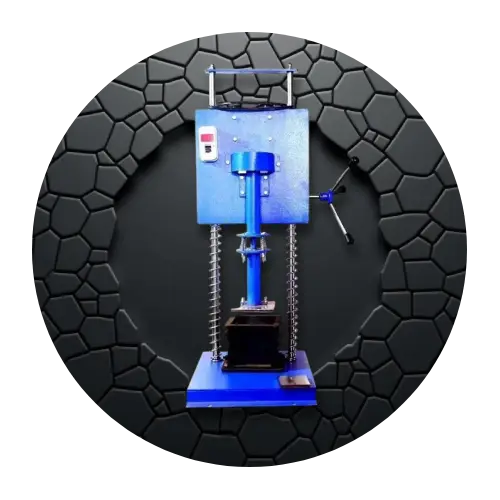
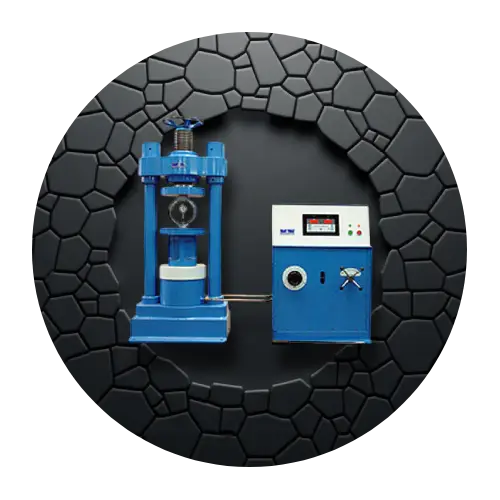

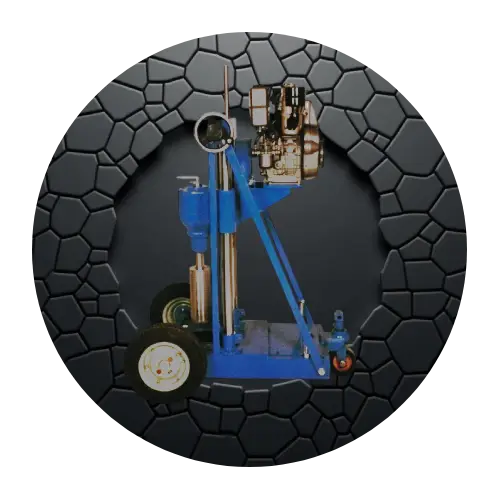
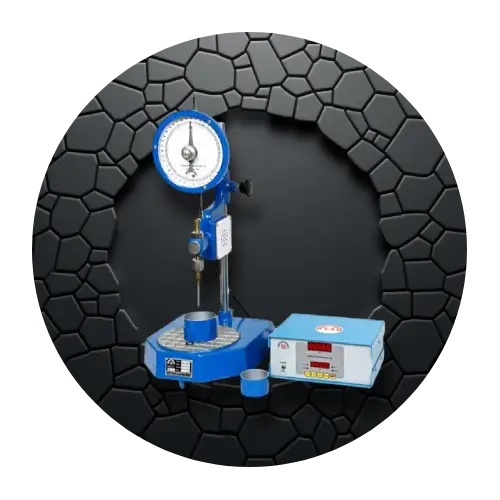










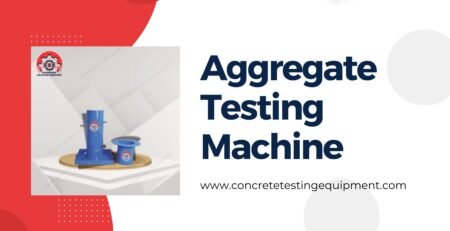

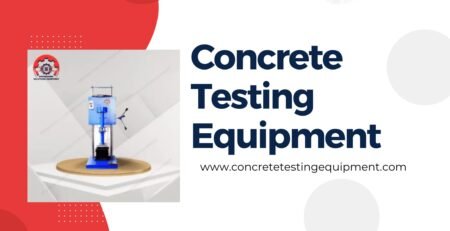




Comment (1)
Reading your words was like finding a hidden gem in a vast landscape — rare, precious, and full of meaning.